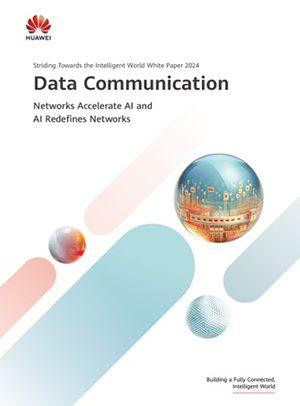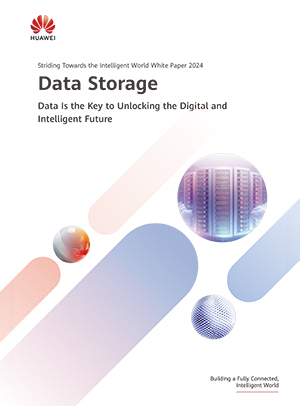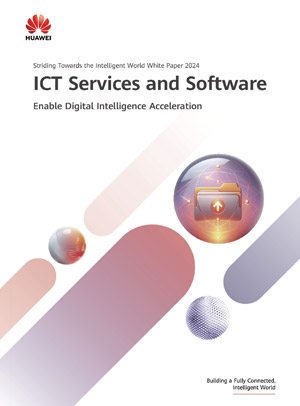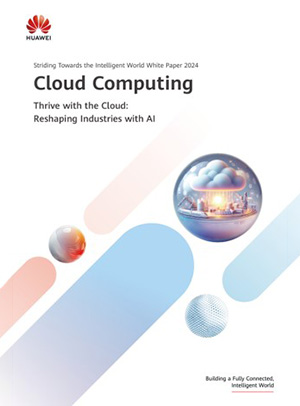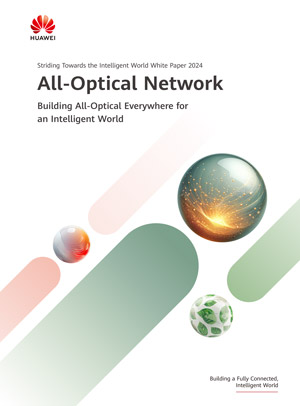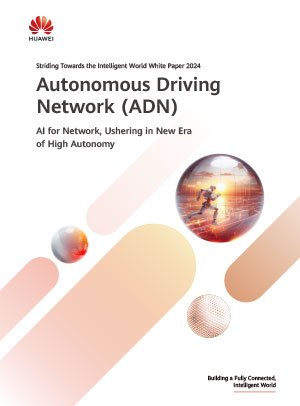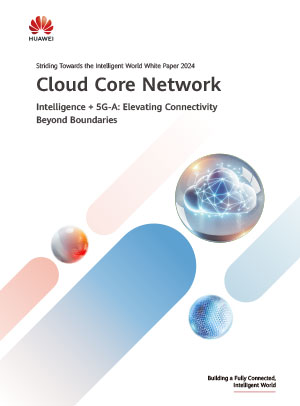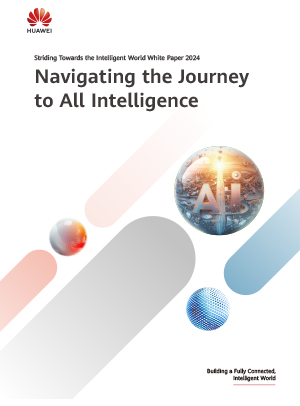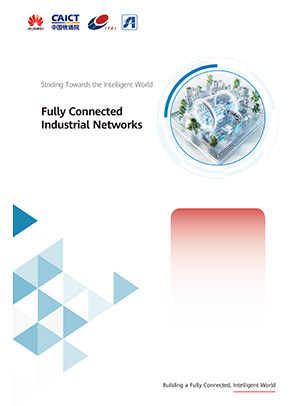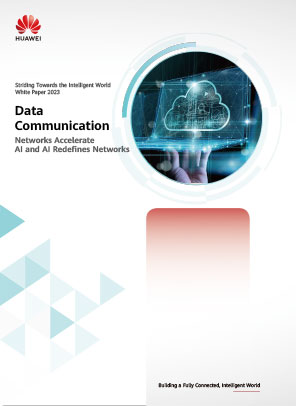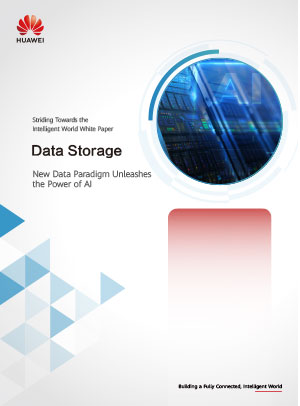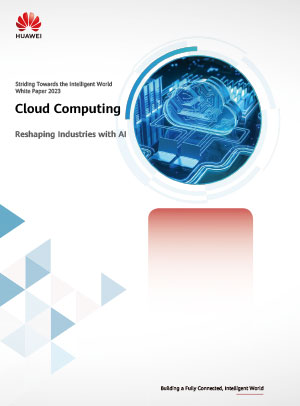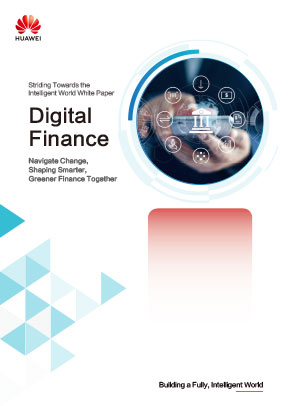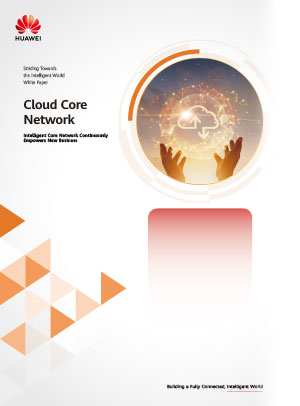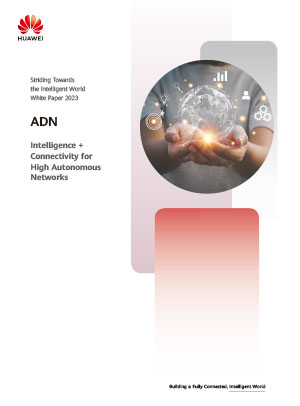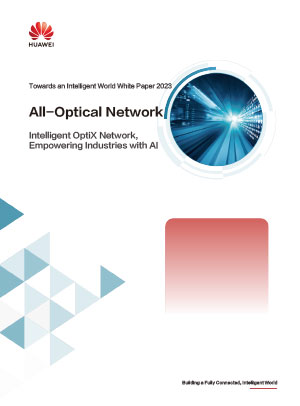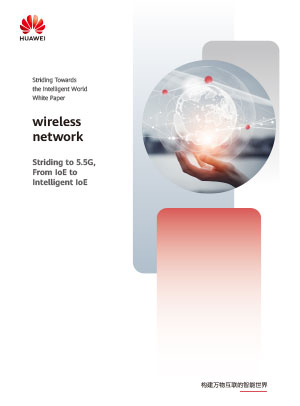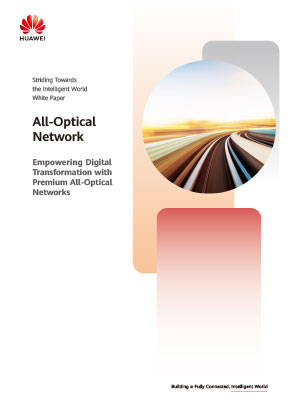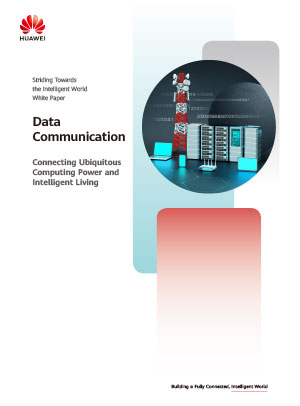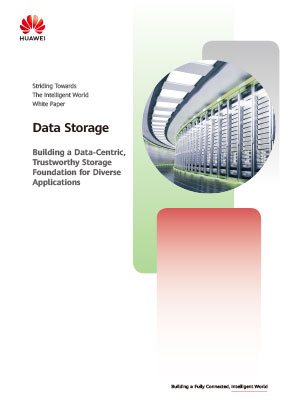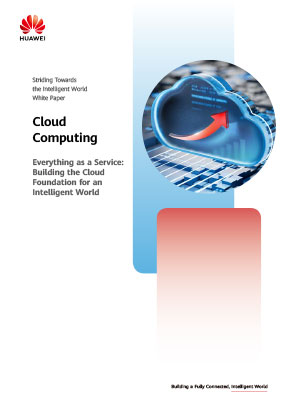- Corporate
- Corporate news and information
- Consumer
- Phones, laptops, tablets, wearables & other devices
- Enterprise
- Enterprise products, solutions & services
- Carrier
- Products, solutions & services for carrier networks
- Huawei Cloud
- Cloud products, solutions & services
Select a Country or Region
- Australia - English
- Brazil - Português
- China - 简体中文
- Europe - English
- France - Français
- Germany - Deutsch
- Ireland - English
- Italy - Italiano
- Japan - 日本語
- Kazakhstan - Қазақ тілі
- Kazakhstan - Pусский
- Kenya - English
- Korea - 한국어
- Malaysia - English
- Mexico - Español
- Mongolia - Mонгол
- New Zealand - English
- Netherlands - Nederlands
- Poland - Polski
- Romania - Română
- Russia - Pусский
- Singapore - English
- South Africa - English
- Spain - Español
- Switzerland - Deutsch
- Switzerland - Français
- Switzerland - Italiano
- Switzerland - English
- Tanzania - English
- Thailand - ภาษาไทย
- Turkiye - Türkçe
- Ukraine - Українська
- United Kingdom - English
- Uzbekistan - Pусский
- Uzbekistan - O’zbek
- Vietnam - Tiếng Việt
- Global - English
This site uses cookies. By continuing to browse the site you are agreeing to our use of cookies. Read our privacy policy



Exploring the Intelligent World
The intelligent world is fast approaching. AI, especially large models, is being increasingly integrated into our daily lives and industries. This will significantly boost productivity and fuel economic growth, while transforming the way we live and propelling global progress.
Intelligent World 2035
Explore the Unknown. Shape the Future. As part of our relentless exploration of the future, Huawei engaged in discussions with scholars, customers, and partners across the industry and referenced data and methodologies from trusted sources like the UN and the World Economic Forum. Together, we outlined ten key technological outlooks for the next decade, and how they will transform industries like education, healthcare, finance, manufacturing, and electric power.
Huawei predictions for 2035
900
billionGlobal AI agents
100,000
xGrowth of demand for computing
500
xGrowth of demand for AI storage
100
xGrowth in the number of network connections
50
%Share of electricity generated from new energy
Striding Towards the Intelligent World
Navigating the ICT Industry
Striding Towards the Intelligent World - White Papers
It covers industries such as wireless network, cloud core network, data communication, all-optical network, autonomous driving network, computing, data storage, cloud computing, and ICT services and software. It continuously identifies recent trends and practices of each industry and provides action suggestions to jointly promote industry development and accelerate the development of the intelligent world.
Download
Global Digitalization and Intelligence Index (GDII)
Economic and Technological Impact
Quantifying Digital and Intelligent Development with Data as a New Production Factor

This year, Huawei has collaborated with experts in economics, social sciences, and ICT to upgrade the trusted Global Digitalization Index (GDI) to the Global Digitalization and Intelligence Index (GDII). Building on the three core production factors of classical economic theory—land, labor, and capital—the GDII maps these physical elements to their digital counterparts: data, ICT talent, and digital and intelligent technologies. By measuring the entire lifecycle of data from creation to application, the GDII assesses the progress of digital and intelligent transformation for different economies. Our goal is to provide quantitative insights to support policymakers around the world.
A "Double Helix" Formed by Data Creation and Data Application

Research indicates a typical linear relationship between data indicators and economic progress. However, a close look at the GDII scores for digital economy maturity, data creation, and data application reveals that the relationship between data creation and data application forms a "Double Helix" structure.
Through data application, vast amounts of data can be translated into tangible productivity and business innovation. This enables the transformation and upgrade of the economy and society. Prioritizing and creating diverse, quality data is also critical.
Only by establishing a two-way reinforcement loop between data creation and application can we foster a virtuous cycle of mutual strengthening and support. This is the key to unlocking the full potential of the digital economy and stimulating socioeconomic development.
Total Data Volume Generated versus Total Installed Storage Capacity

The widening gap between the generated volume of global data and installed storage capacity reflects more than just a shortfall in ICT infrastructure. It highlights structural challenges in how data is valued, managed, and retained. IDC predicts that the volume of global data generated (both data created and replicated) will climb from 173 ZB in 2024 to 527 ZB in 2029, while storage capacity will grow at less than half that rate, from 10 ZB to 19 ZB. By the end of the decade, over 96% of generated data will be discarded or lost, underscoring the urgent need for new investment and strategies in data storage.
Focusing on Education and Talent Development to Harness the Opportunities of the Intelligent Era

As shown in the figure, the Top 20 economies by GDII score account for 65% of the ICT workforce and 95% of ICT patents. ICT workforce size is defined by employment in knowledge-intensive ICT activities. Economies with a higher proportion of such employees in their overall workforce generally have higher ICT patent outputs, particularly in regions like Asia, where big firms (thousands of employees) account for some of the region's largest new patent applications. ICT patents represent successful innovation, which enables higher wages for skilled workers in the sector.







